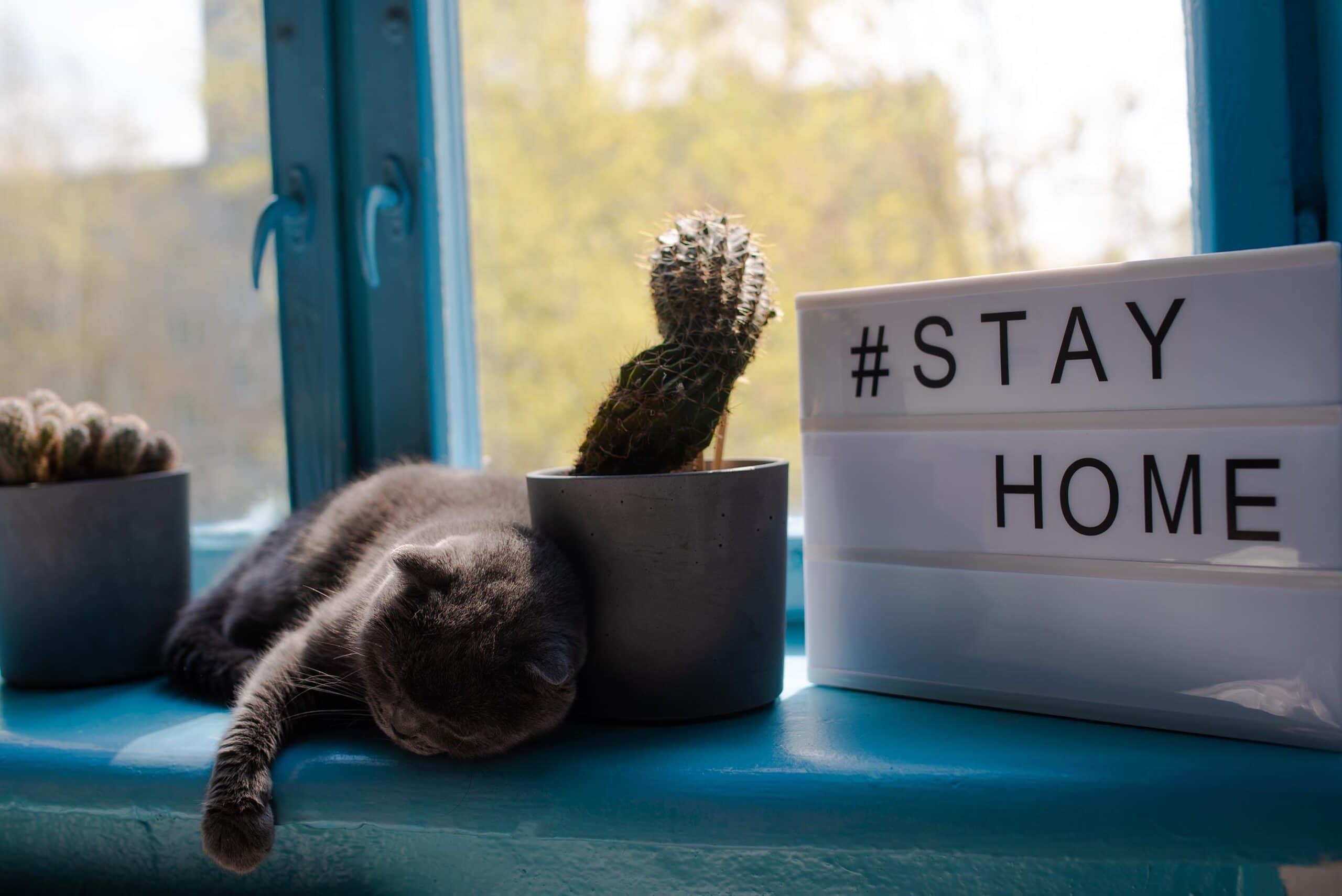While it was once common practice to let your cat roam the neighbourhood during the night, local councils have been enforcing cat curfews more frequently over the last decade.
Most councils have now made it an offence for your cat to be outside your property from dusk until dawn, meaning you must contain your cat in your house or backyard at night time.
Some councils also have a 24 hour curfew, meaning your cat must remain within your property boundary at all times.
These curfews are in place to stop felines hunting and killing native birds and animals, particularly with some of these species now classified as threatened or endangered.
It also stops cats being nuisances – riling up other pets and residents, leaving behind their faeces or spraying urine, breeding if not desexed, and fighting with other animals.
As a cat owner, it is your responsibility to be aware of whether your local council enforces a cat curfew – this information will likely be found on their website, or included with the documents that come with your pet’s registration each year.
Regardless of whether your area enforces a cat curfew, it’s best to keep your cat contained to your backyard for its own wellbeing, and your peace of mind. Cat Rollers offer a simple, unobtrusive and inexpensive way to keep your cat in your backyard – and most importantly, they’re safe for your cat as well!
If your cat has been used to roaming, it can be an adjustment for it to suddenly be confined to your property – but remember, it’s for your cat’s own safety.
Getting your cat used to the curfew should only take a couple of days to a week – cats are fast learners and are great at picking up new habits!
To help your cat adjust to staying on your property you can skip its breakfast meal and call it in at the end of the day to be fed – food is a great motivator for cats and it should be happy to return for its meal.
It’s vital to also make sure you’re offering simulation for your cat so it doesn’t get bored – cat towers, a scratching pole, hiding spots and toys are a great addition to your backyard or living area to keep your cat happy at home.
You may need to employ some tough love and ignore their pleas to explore the great beyond. If your cat is becoming anxious about being confined to your property, your vet can also prescribe some anti-anxiety medication to get them through the adjustment period.
Most importantly, spend quality time with your cat and extend your play sessions – once they realise staying at home means having your attention, they’ll adjust to being confined to home.

